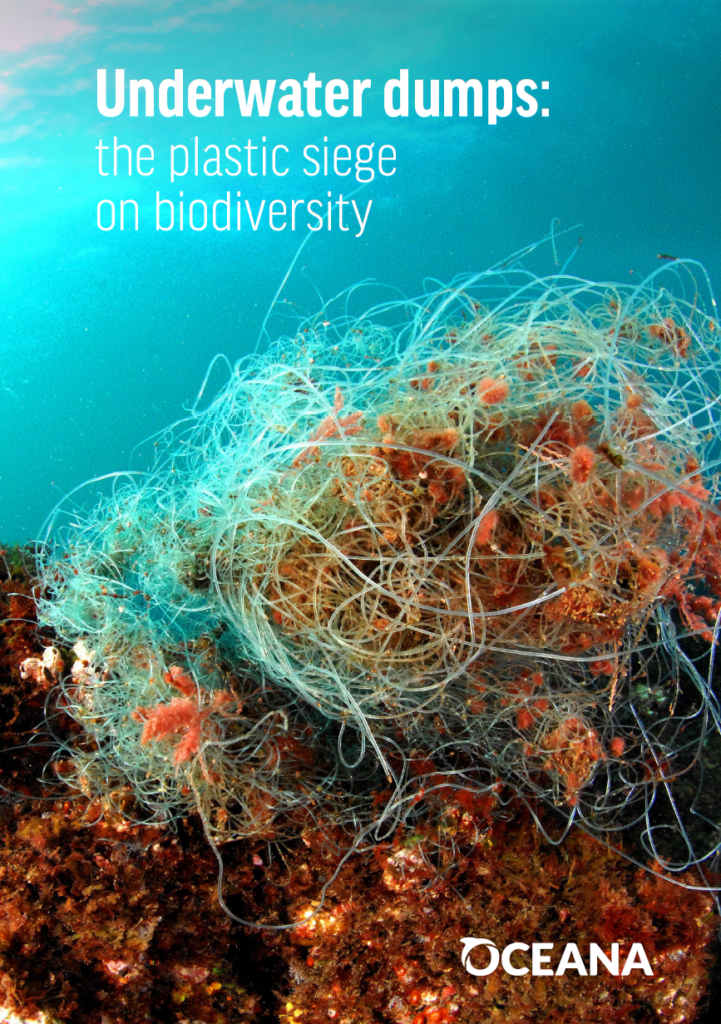Report | September 15, 2022
Underwater Dumps: the plastic siege on biodiversity
Executive Summary
Biogenic habitats are marine structures formed by a variety of species that provide habitat for many others. They include coral reefs or gardens, aggregations of sponges or molluscs, kelp forests, and seagrass meadows. The biological diversity associated with these environments can be enormous. However, pollution of these areas often goes unnoticed due to two factors: they comprise species that are not typically considered charismatic, and they can be found at great depths, far from visible impacts.
This report reviews the damage to various types of biogenic habitats, lists international obligations to protect those with the greatest biodiversity or fragility, and outlines actions that can be taken locally to complement policies aimed at stemming the flow of waste at the source.
Filter-feeding animals, like corals and sponges, ingest microplastics that may be toxic to them. These harmful substances can also bioaccumulate, with filter-feeding species such as bivalves (mussels, clams, oysters) transferring them to higher levels in the food chain (fish, cephalopods, etc.).
Habitat-structuring species are susceptible to snagging and entanglement because they are sessile organisms, i.e., they live fixed to the substrate. In coral and coralligenous reefs, debris causes tissue breakage and abrasions that can lead to infections. Another possible impact being studied is the potential for invasive species to spread by attaching themselves to plastic fragments (biofouling) that are then displaced by currents or the wind.
Damage to all these habitat-building species affects the organisms that depend on them. Many biogenic habitats that are biodiversity hotspots are under threat and their conservation is therefore a priority. This situation is reflected in various instruments of international conventions, as well as in European Union legislation.
The ubiquity of marine litter calls for decisive action. It is necessary to develop public policies that encourage reduction and reuse, in order to minimise the amount of waste reaching the sea.


